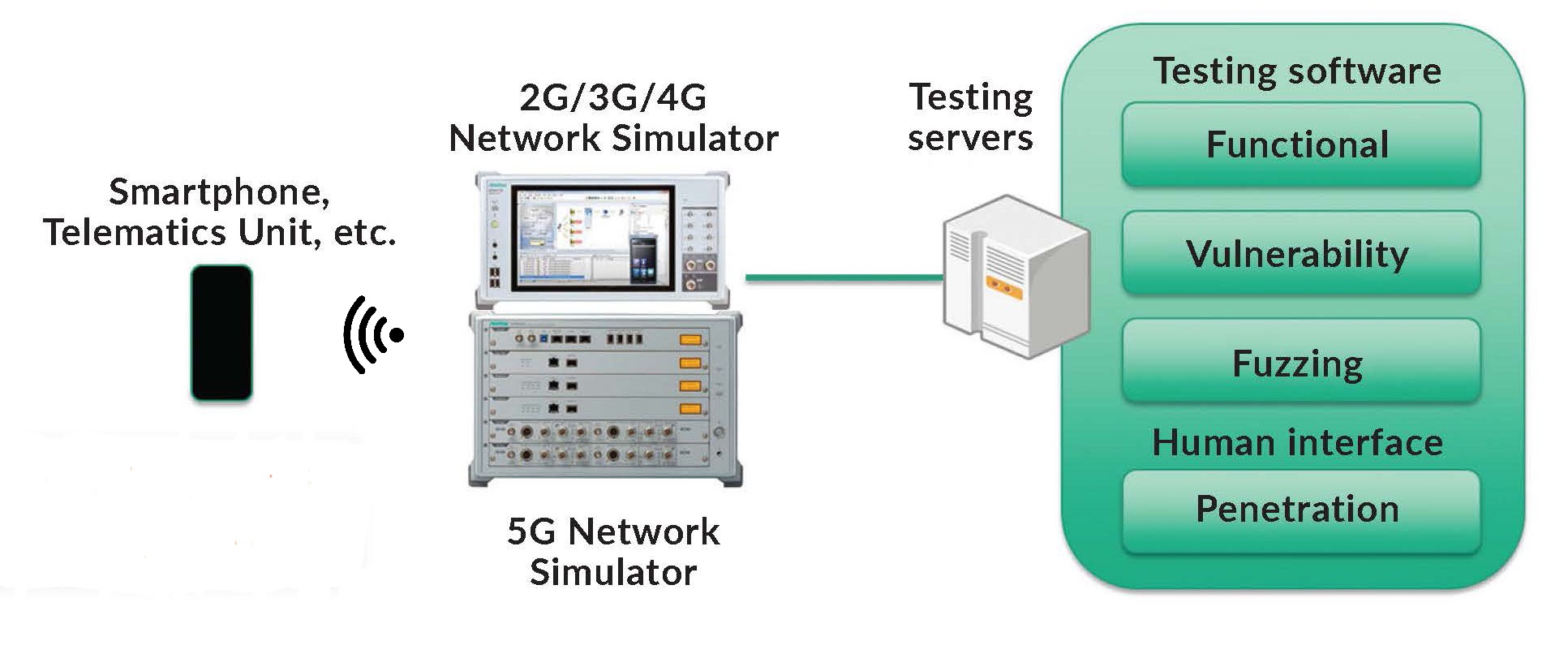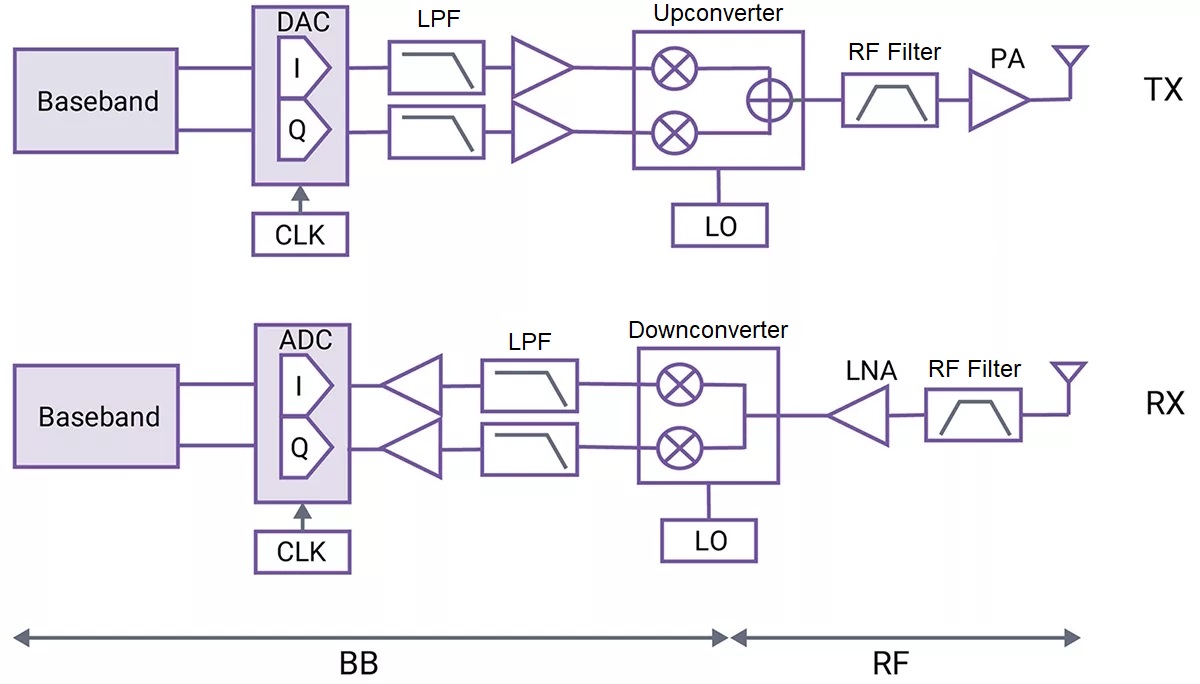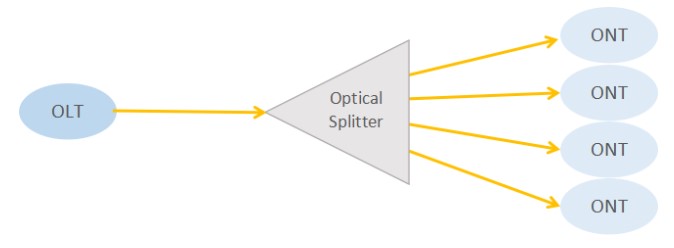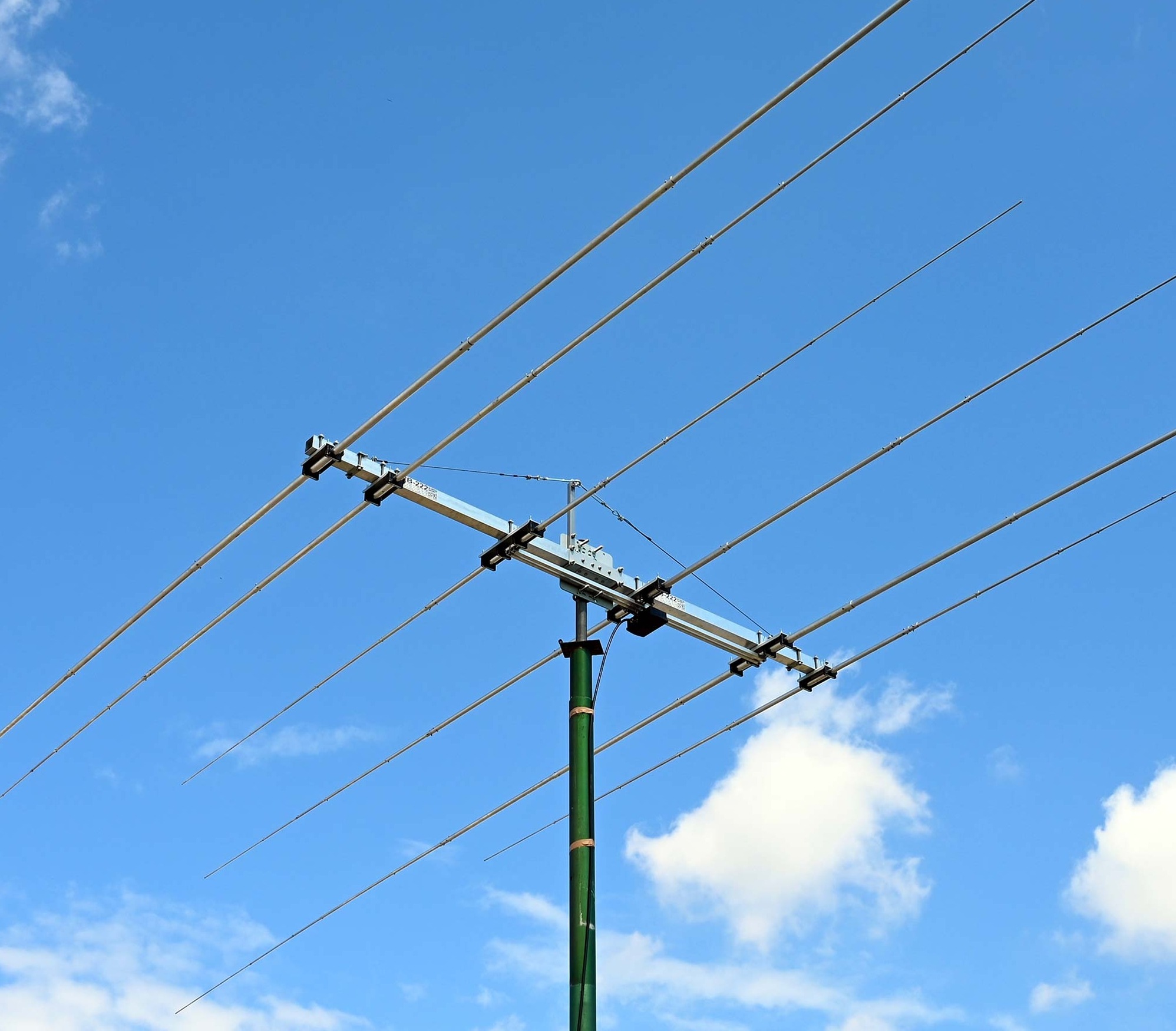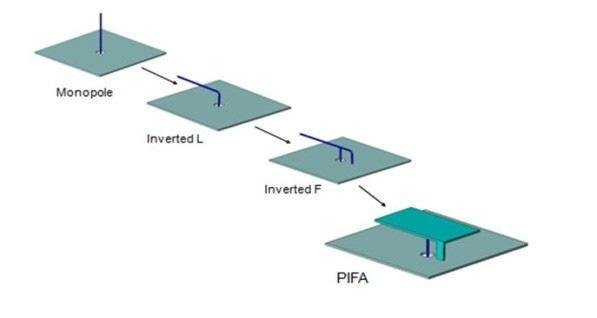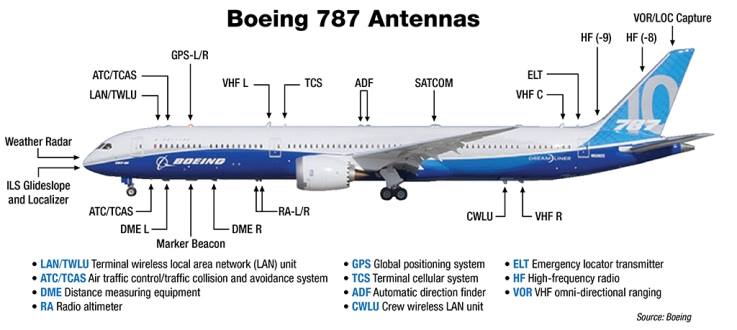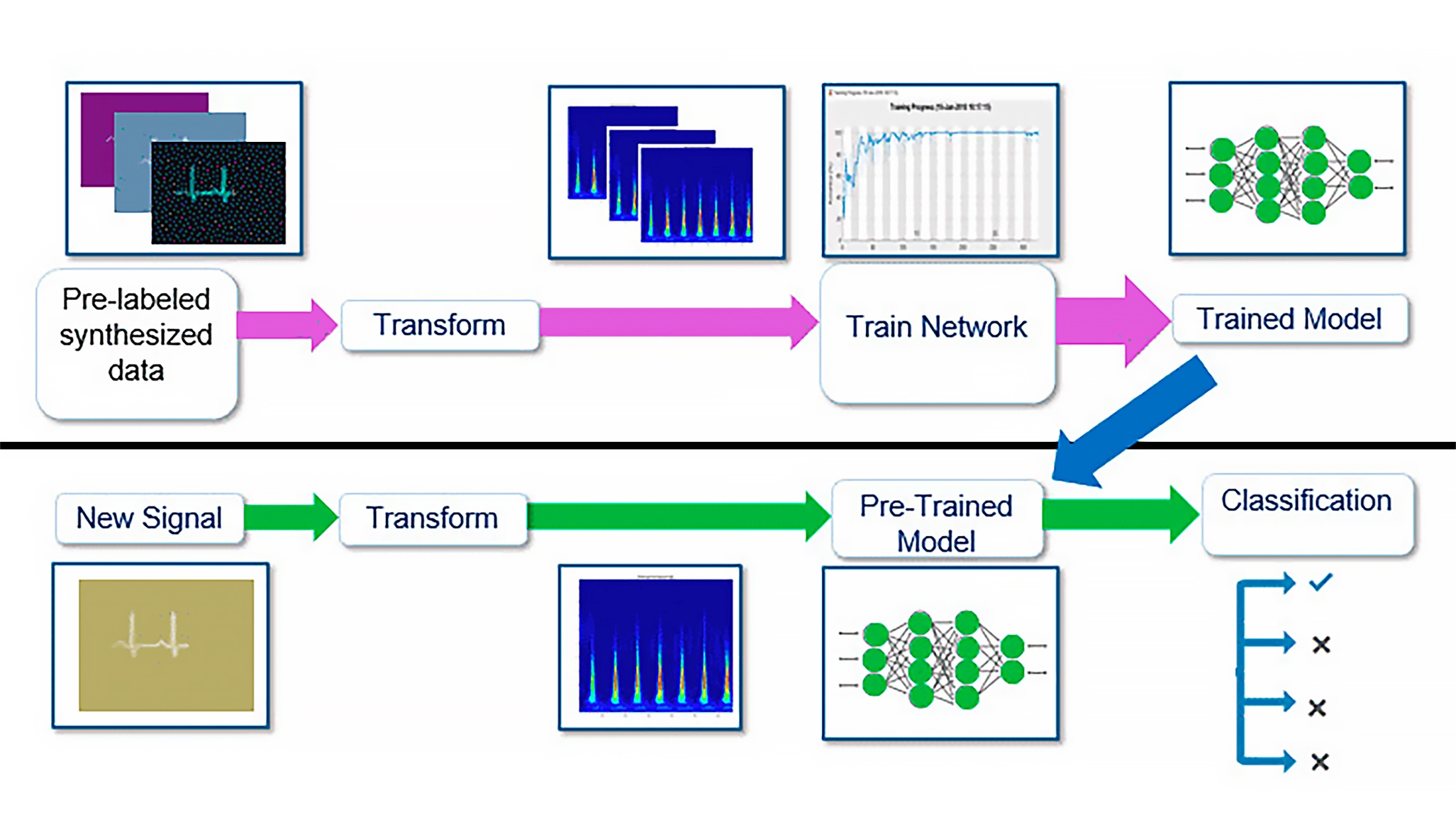With private networks connecting to many IoT devices, testing the device’s user interface requires updating test processes. Many IoT use cases rely on private 5G networks because they offer greater network control, better security, more reliable performance, and dedicated coverage and capacity as opposed to using a public network. With these advantages, private networks play…
Look inside the 5G mmWave signal chain
Millimeter wave signals provide wider bandwidths and higher data rates than signals at lower frequencies. Take a look at the overall signal chain that falls between the antenna and the digital baseband. 5G new radio (5G NR) adds mmWave frequencies to cellular devices and networks. With that comes RF-to-baseband signal chains and components not needed…
What is a SmartNIC and its underlying architecture?
Learn the basics about SmartNICs, their design, and why they’ll be a crucial element in future networks.
The essence of return loss in optical fiber
Return loss happens when transmitted energy reflects back to its source. Designers must pay close attention to optical return loss (ORL), an important metric in an optical network. ORL is defined as return loss for the entire optical fiber under test, which includes fiber backscatter and reflections relative to the source pulse. This ORL metric…
Demonstrating antenna diversity, Part 3: The Yagi antenna
Yagi antennas have long been popular as beam antennas for amateur radio. Here’s how they work.
Video: Wi-Fi 7 operates across frequency bands
In a video interview, Wi-Fi test veteran Fanny Mlinarsky updates us on Wi-Fi 7’s new features and how they work.
Demonstrating antenna diversity, Part 2: The PIFA
Antennas come in a broad range of sizes, styles, and configurations to meet frequency, bandwidth, directivity, and many other objectives; the PIGA and Yagi antenna are two different yet widely used versions.
Demonstrating antenna diversity, Part 1: The challenges
Antennas come in abroad range of sizes, styles, and configurations to meet frequency, bandwidth, directivity, and many other objectives; the PIGA and Yagi antennas are rather different yet widely used versions. With a few highly specialized exceptions, all antennas in general use—ranging from tiny ones in wearables to huge broadcast-transmitter designs — are extensions, enhancements,…
How AI spurs efficient wireless systems design
AI techniques can overcome nonlinear problems by extracting patterns automatically and efficiently.
How to increase SNR when testing at mmWave frequencies
Communication systems such as 5G that operate at today’s wide bandwidths and high orders of modulation need to maintain proper SNR and EMV. Path loss and phase noise can get in the way.

